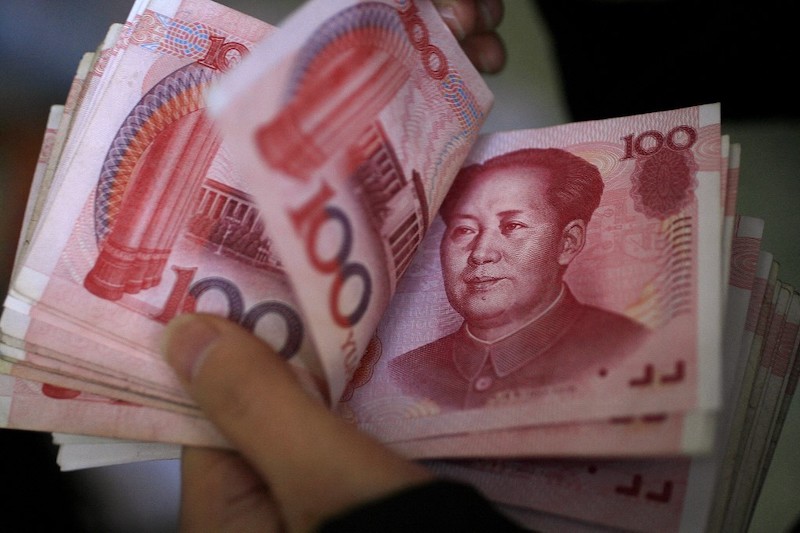Overseas equity funds with exposure to Chinese issues are on course to deliver their weakest performance in three years, as the stocks were hit by an economic slowdown, Beijing’s regulatory crackdown and an increase in property sector default risks.
Refinitiv Lipper data showed that China-focused overseas equity funds have shed 9.2% on average so far this year. They delivered a return of 47.1% and 33.3% in 2020 and 2019 respectively, the data showed.
ProFunds – alternative mutual funds for knowledgeable investors – have been disappointing.
UltraChina ProFund, BCAP China Technology, TMB China Opportunity and MTF TR (E) Bluestar China Internet Software (4D) were leading the decliners this year, dropping more than 25% each so far this year.
China’s Shanghai Composite index has gained just 3.45% this year, and is the fourth worst performer among Asian stock markets this year, based on the data.
“Major regulatory reforms collided with a potential default scenario with some of the largest property developers after the country tightened its funding sources,” fund research group Morningstar said in a report.
One in Four Now Bearish
Separately, more than one in four investors feel “bearish” about emerging markets (EM), an HSBC survey showed, as slowing economic growth and the spectre of tighter monetary policy in the US clouds the outlook.
In July fewer than one in 10 investors surveyed were bearish, while the proportion of investors feeling bullish has dropped to 27% from 40%, HSBC said.
Markets have ramped up their expectations for interest rate rises from the US Federal Reserve and other central banks next year to keep a lid on inflation.
The investors surveyed said tighter policy in developed economies was the single biggest risk to the EM outlook.
“The global economy has faced a series of negative supply-side shocks that are causing downside risks to growth and upside risks to inflation,” Murat Ulgen, global head of EM research at HSBC, said.
Lower Growth Tipped
Economic activity will return to pre-pandemic levels for most EMs in 2022, but growth rates will be lower than 2021, Moody’s Investors Service said in a report.
The ability to manage high debt, adapt to climate change effects and navigate rising political and social risks will shape performance across regions, sectors and asset classes.
“Credit conditions are expected to stabilise in the new year, but high leverage and deteriorating financial conditions will increase credit risks for weaker emerging markets,” Ariane Ortiz-Bollin, a Moody’s senior credit officer, said.
The rate of inflation will slow in most economies, but the risks from high food and fuel costs are high, Ortiz-Bollin added.
Financial conditions will remain tight, and weaker companies may face credit stress. External liquidity risks will remain high for governments with weaker credit quality and large pending foreign currency debt payments.
“Higher commodity prices will boost commodity-dependent countries and companies, but travel and tourism dependent issuers will take longer to restore revenues and profits,” Ortiz-Bollin said.
- Reuters with additional editing by George Russell
READ MORE:
Emerging East Asia Bond Markets Grow 3.4% In Third Quarter
“Cryptoization”; of Emerging Markets Threatens Financial Stability, IMF Says
























